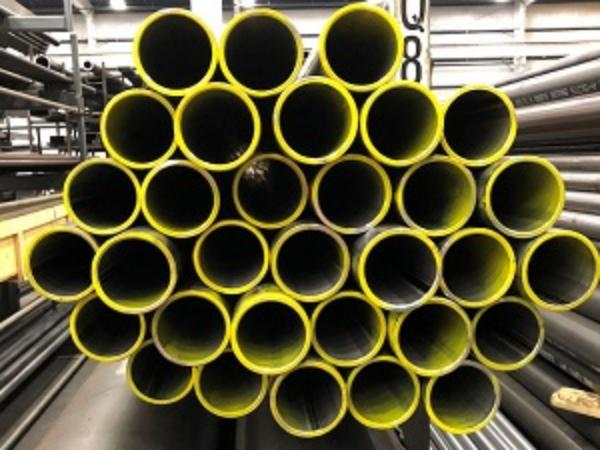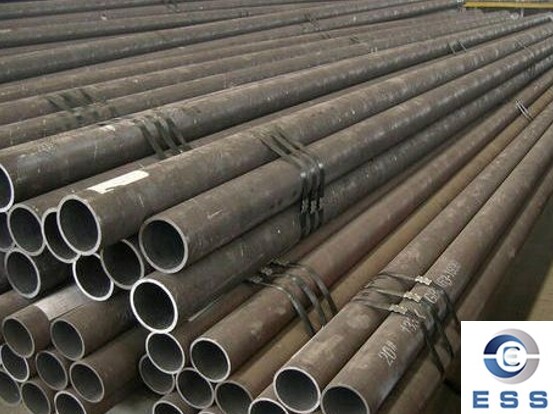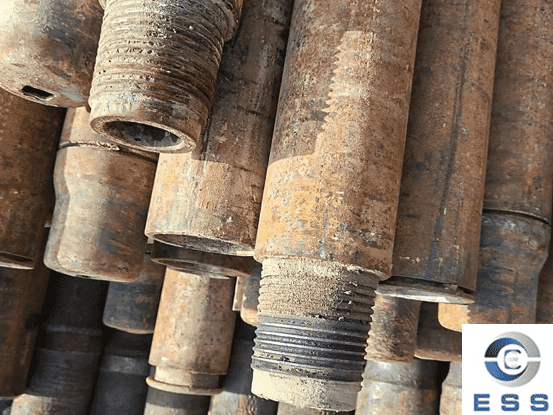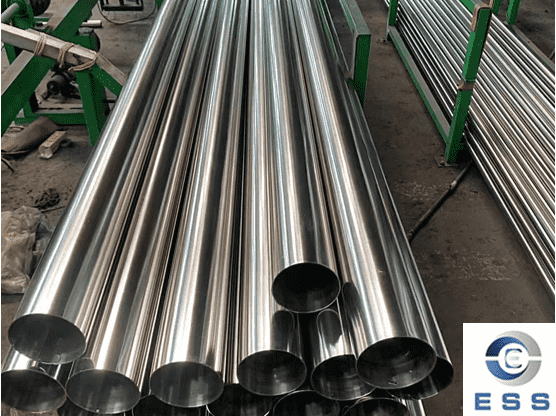Easy Installation Tips for Mild Steel Tube at Home
Mild steel tubes are versatile components widely used in various applications, including construction, automotive, and plumbing. Installing mild steel tubes at home can be a rewarding DIY project, allowing you to customize and enhance different areas of your house. Whether you are looking to create a handrail, build a framework, or install a fence, this article will provide you with valuable tips to ensure a successful and straightforward installation process.

Understanding Mild Steel Tubes
Before diving into the installation process, it is crucial to understand mild steel tubes and their characteristics. Mild steel is a low-carbon steel that exhibits excellent strength, durability, and resistance to corrosion. These tubes come in various sizes and shapes, such as round, square, and rectangular, offering flexibility in design and application.
Safety Precautions
Safety should always be a top priority when working with any construction materials. When handling mild steel tubes, make sure to follow these safety precautions:
a. Wear appropriate personal protective equipment (PPE), including safety glasses, gloves, and sturdy footwear, to protect yourself from potential hazards.
b. Use tools and equipment properly and ensure they are in good working condition. Avoid using damaged or faulty tools.
c. Keep the work area clean and organized to minimize the risk of accidents or injuries.
Planning and Measurements
Before starting the installation, careful planning and accurate measurements are essential to ensure a precise and successful outcome. Consider the following steps:
a. Determine the purpose of the mild steel tube installation. Are you building a handrail, constructing a framework, or installing a fence? Understanding the purpose will guide your planning process.
b. Measure the area where the mild steel tubes will be installed. Use a tape measure or laser measuring device to obtain accurate measurements. Take into account any bends, angles, or obstacles that may affect the installation process.
c. Create a detailed sketch or plan that includes dimensions, angles, and connections. This will serve as a reference during the installation process.
Required Tools and Equipment
To install mild steel tubes at home, you will need several tools and equipment. The specific tools may vary depending on the project, but here are some commonly used tools:
a. Tape measure or laser measuring device
b. Hacksaw or reciprocating saw for cutting mild steel tubes
c. Vice or clamps to secure the tubes during cutting or assembly
d. File or deburring tool to remove any sharp edges or burrs
e. Drill with appropriate drill bits for creating holes
f. Wrench or spanner for tightening nuts and bolts
g. Level and spirit level to ensure the tubes are installed straight and level
h. Safety equipment, as mentioned earlier (safety glasses, gloves, footwear, etc.)
Cutting and Preparation
Once you have gathered the necessary tools and equipment, it's time to cut and prepare the mild steel tubes. Follow these steps:
a. Mark the tube at the desired length using a measuring tape or marker.
b. Secure the tube in a vice or with clamps to ensure stability during cutting.
c. Using a hacksaw or reciprocating saw, carefully cut through the marked line. Apply steady pressure and make slow, controlled strokes to maintain accuracy.
d. After cutting, use a file or deburring tool to remove any sharp edges or burrs, ensuring a smooth and safe surface.
Assembly and Joining Techniques
The assembly and joining techniques will vary depending on the project and the type of connections required. Here are a few commonly used methods:
a. Butt Joints: In this method, two ends of the mild steel tubes are joined together in a straight line. This can be achieved by inserting one tube into the other and securing it with fasteners, such as nuts and bolts or screws.
b. Welding: If you have welding equipment and expertise, you can use welding techniques to join the mild steel tubes. Welding provides a strong and permanent connection but requires proper safety precautions and skill.
c. Clamps and Brackets: For temporary or adjustable connections, clamps and brackets can be used. They provide flexibility and ease of installation, allowing you to make changes or disassemble if needed.
Installation and Fixing
When it comes to installing mild steel tubes, it's essential to ensure stability, strength, and alignment. Consider the following tips:
a. Begin by positioning the tubes according to the plan or sketch you created earlier. Use a level or spirit level to check for straightness and ensure the tubes are level.
b. Use appropriate fixing methods based on the installation requirements. This may include drilling holes and using screws, bolts, or brackets to secure the tubes to the desired surface.
c. Ensure all connections are tight and secure. Use a wrench or spanner to tighten nuts and bolts properly.
d. Double-check the alignment and stability of the installed tubes, making any necessary adjustments to ensure a precise fit.
Finishing and Maintenance
After the installation is complete, consider the finishing touches and ongoing maintenance:
a. If desired, apply a protective coating or paint to the mild steel tubes to enhance their appearance and provide additional resistance to corrosion.
b. Regularly inspect the installed tubes for any signs of damage, wear, or loose connections. Address any issues promptly to maintain safety and prolong the life of the installation.
c. Clean the mild steel tubes as necessary, using appropriate cleaning agents and techniques to remove dirt, grime, or rust.
Conclusion
Installing mild steel tubes at home can be a rewarding and practical project that allows you to enhance the functionality and aesthetics of various areas in your house. By following the easy installation tips outlined in this article, you can confidently take on the task and achieve professional-looking results. Remember to prioritize safety, plan carefully, and use the correct tools and techniques for a successful installation. With a bit of patience and attention to detail, you can transform your home using the versatility and durability of mild steel tubes.













 Eastern Steel Manufacturing Co.,Ltd not only improve product production and sales services, but also provide additional value-added services. As long as you need, we can complete your specific needs together.
Eastern Steel Manufacturing Co.,Ltd not only improve product production and sales services, but also provide additional value-added services. As long as you need, we can complete your specific needs together.










